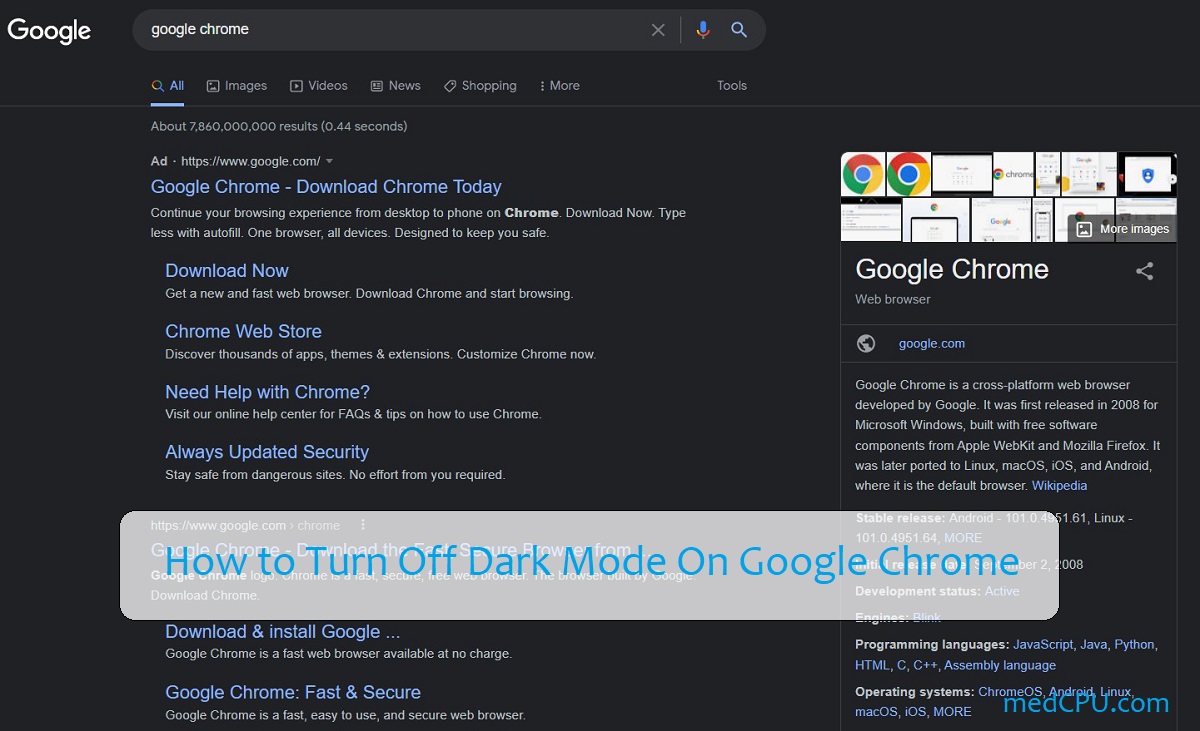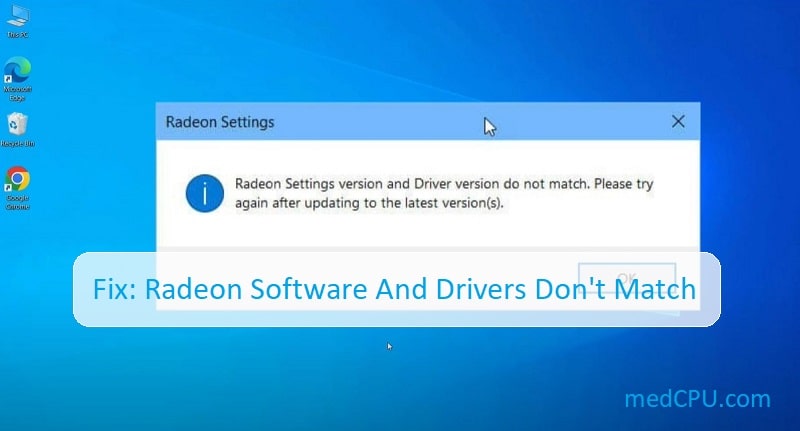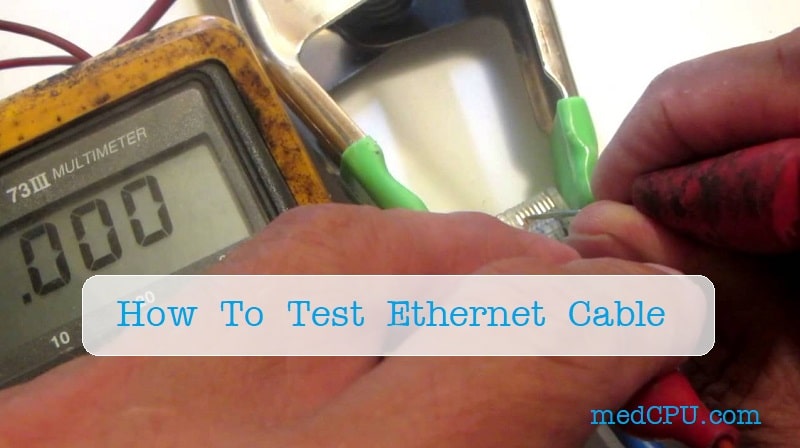This blog post, medCPU is about how to change startup programs in Windows 7, 8, 10, 11. If you’re looking to start up programs automatically when your computer starts, or you want to change which programs start automatically when you start up your computer, this guide is for you.
What are startup programs in Windows?
Startup programs windows are software programs that are designed to help you speed up the startup process on your computer. This is especially useful if you have a slow computer or if you need to start your computer quickly every time you use it.
Some of the most popular startup programs windows are:
Startup Manager: This program is designed to help you speed up the startup process on your computer. It is free and can be downloaded from the Microsoft website.
Startup Disk: This is a free program that can be downloaded from the Microsoft website. It is designed to help you create a boot disk that can speed up the startup process on your computer.
Startup Repair: This program is designed to help you fix problems with the startup process on your computer. It is free and can be downloaded from the Microsoft website.
All of these programs are very useful and can help you speed up the startup process on your computer.
What are the benefits of changing my startup programs?
Changing your startup programs windows can have a lot of benefits, both in the short and long run. Here are just a few:
Improved Efficiency
One of the biggest benefits of switching to different startup programs windows is improved efficiency. By changing up your program settings, you can optimize your computer for faster performance and less hassle. This can mean a big boost in productivity, and can even save you time in the long run.
Improved Security
Another great benefit of changing your startup programs windows is improved security. By default, your computer is loaded with a variety of programs that can potentially interfere with your online security. By changing your startup programs windows, you can reduce the chances of your computer being compromised by viruses or other malicious software.
Improved Performance
Last, but not least, changing your startup programs windows can improve your overall computer performance. By optimizing your startup programs, you can free up valuable computer resources and improve your overall system performance. This can mean a faster, more responsive computer overall, which is great in both the short and long run.

How to Change Startup Programs in Windows 7
Windows 7 is a great operating system that offers a variety of features, but it can be a bit daunting to change the startup programs. This guide will show you how to do it easily.
First, open the Start menu and select “Run”.
Type “msconfig” and press Enter.
If Windows 7 is already running, it will open the System Configuration utility. If it is not running, Windows 7 will open the Start menu and ask if you want to start it now.
Click on the “Startup” tab and select the programs you want to start up when Windows 7 starts up.
To change a program’s default startup, select it and click the “Change” button.
You will now be able to choose which program should start up when Windows 7 starts up.
You can also disable a program from starting up by selecting it and clicking the “Disable” button.
If you want to keep a program running even when Windows 7 is started up, select it and click the “Enable” button.
If you want to add a program to the list of programs that Windows 7 will start up, select it and click the “Add” button.
You can also remove a program from the list by selecting it and clicking the “Remove” button.
When you are finished, click the “OK” button to close the System Configuration utility.
Restart Windows 7 to apply the changes.
How to Change Startup Programs in Windows 8
For those of you who are unfamiliar with Windows 8, it is a new operating system released in 2012 by Microsoft. It has a new look and feel, and it is based on the Windows 7 operating system.
One of the features of Windows 8 is that it allows you to change the startup programs that are run when the computer is started. This can be helpful if you want to run a program that is not included in the default list of startup programs.
To change the startup programs in Windows 8, follow these steps:
1. Open the Start menu and click on the “Computer” icon.
2. In the “Computer” window, click on the “Startup” tab.
3. Under “Startup programs,” select the program that you want to change.
4. Click on the “Change” button.
5. In the “Change startup program” window, select the program that you want to run instead of the program that is currently running.
6. Click on the “OK” button.
7. Restart the computer to apply the changes.

How to Change Startup Programs in Windows 10
If you’re like most people, you use your computer for work, leisure, and everything in between. You might use a different program to do your banking than what you use to watch your favorite show, and you might use different programs to work on your home computer and your work computer. You probably also have a few programs that you use only occasionally, like a program to convert a video file or a program to create a disk image.
Changing your startup programs is a great way to customize your Windows 10 experience. You can use this feature to start up your programs the way you want, and you can disable programs that you don’t use.
To change your startup programs in Windows 10:
1. Click the Start button, and then click Settings.
2. Click System.
3. Click Advanced startup.
4. Click the Startup programs tab.
5. In the Startup programs list, select the program that you want to start up when you boot your computer.
6. To disable a program, select the program, and then click Disable.
7. Click Apply.
8. Click OK.
That’s it! You’ve changed your startup programs in Windows 10.

How to Change Startup Programs in Windows 11
Windows 11 includes a built-in Startup program that can help you quickly access the programs you use most often.
To change your startup programs in Windows 11:
1. Open the Start menu.
2. On the Start menu, point to All Programs.
3. Point to Accessories.
4. Point to System Tools.
5. Click Startup.
6. On the Startup tab, under “Startup programs,” click the program you want to start when Windows starts.
7. Under “Run this program at startup,” type a shortcut name for the program.
8. Under “Enabled,” click the check box next to the program.
9. Click OK.
10. Close the Startup tab.
Conslusion
Changing startup programs is a complicated process that can take a lot of time and effort. If you are serious about improving your computer’s performance, you should start by researching different programs and finding the ones that best fit your needs. Once you have chosen a program, be sure to read the instructions carefully to ensure that you are using it correctly. If you are still having trouble, consider speaking to a computer technician. They can help you tweak your startup programs to get the most out of your computer.
>>> Read more: How To Pair AirPods With Windows 10, 11? Top Full Guide 2022

Eyal Ephrat serves as the co-founder and CEO of medCPU.com, where technology is making significant strides in the field of medicine. Through his experience in purchasing PC and laptop equipment and various other tech products, Eyal Ephrat contributes valuable insights to medCPU’s mission.





